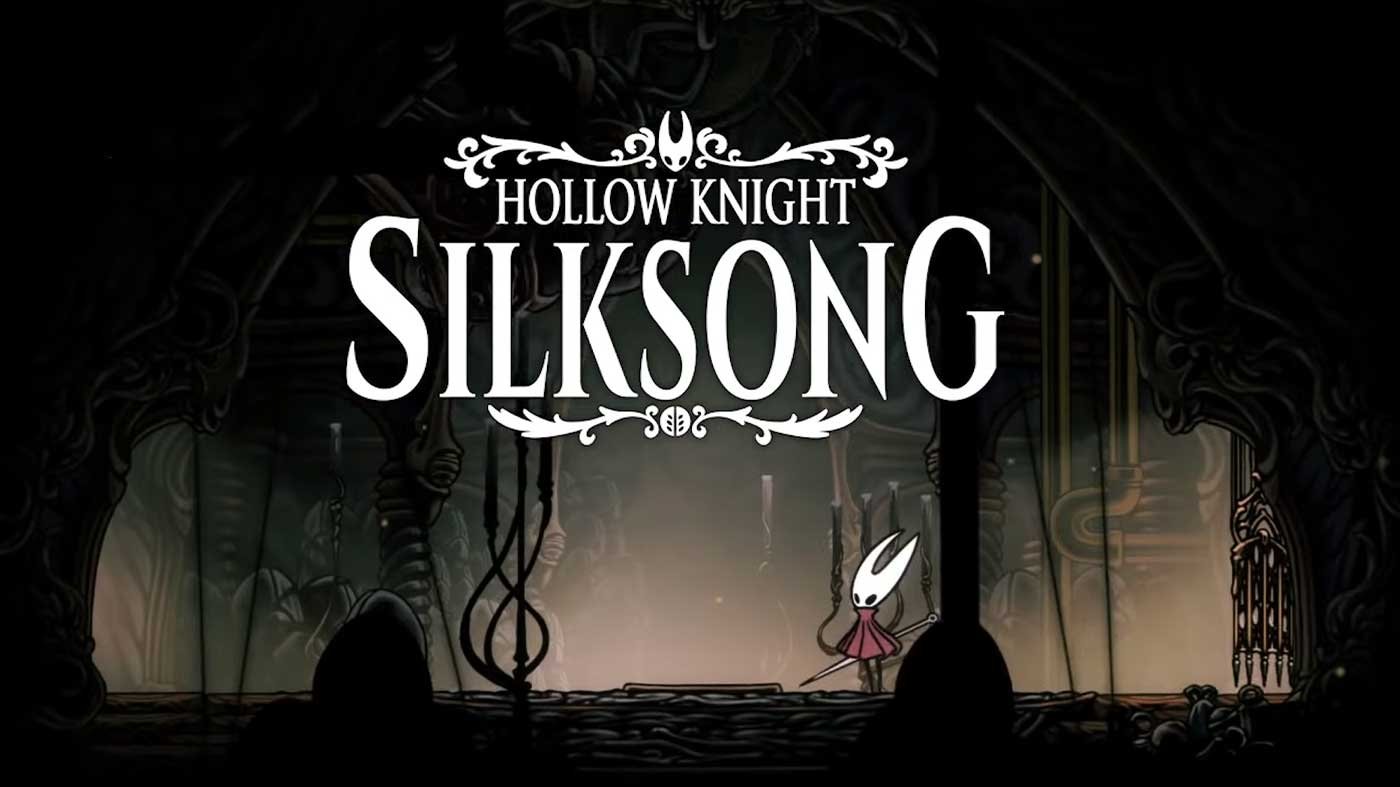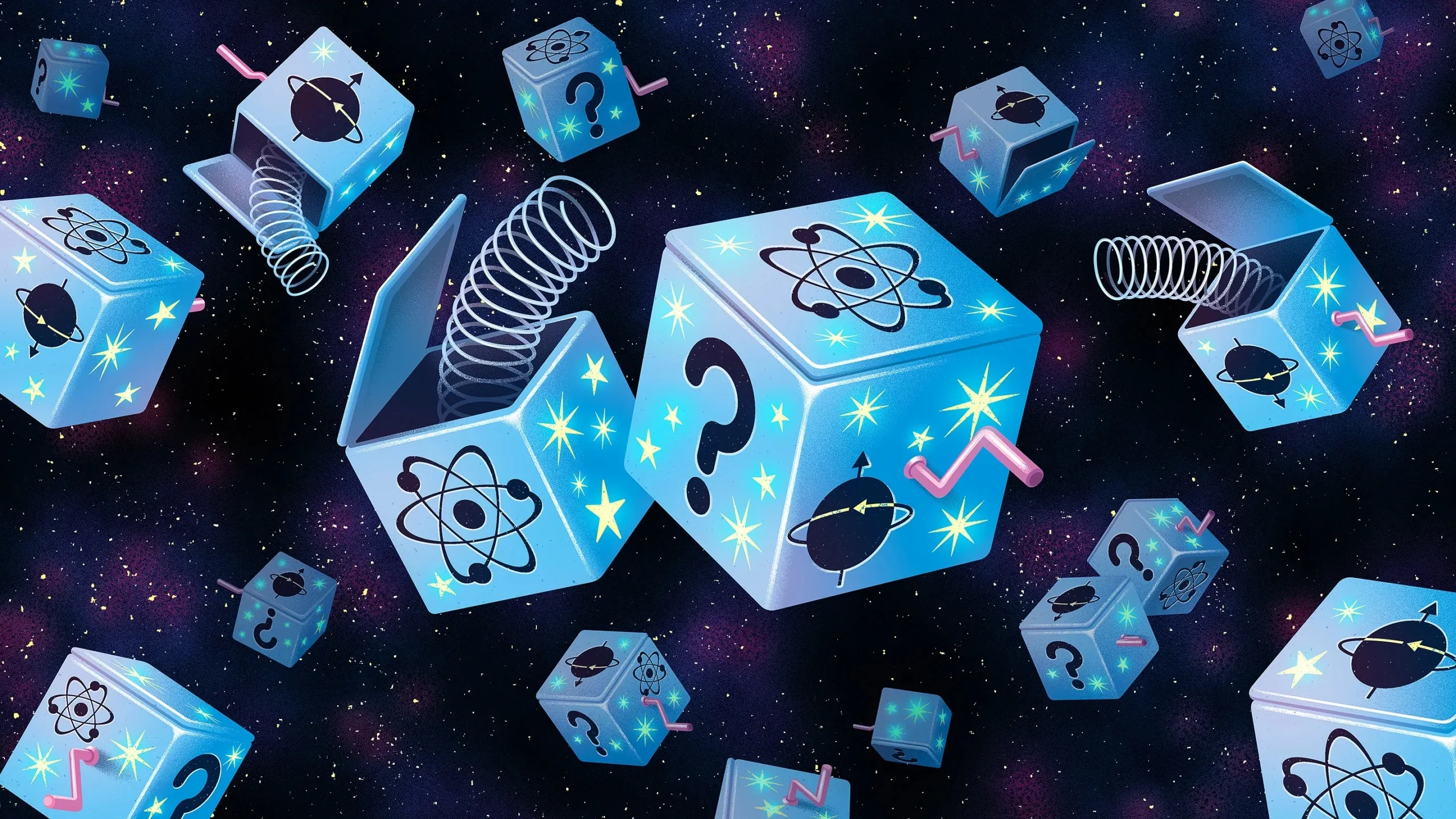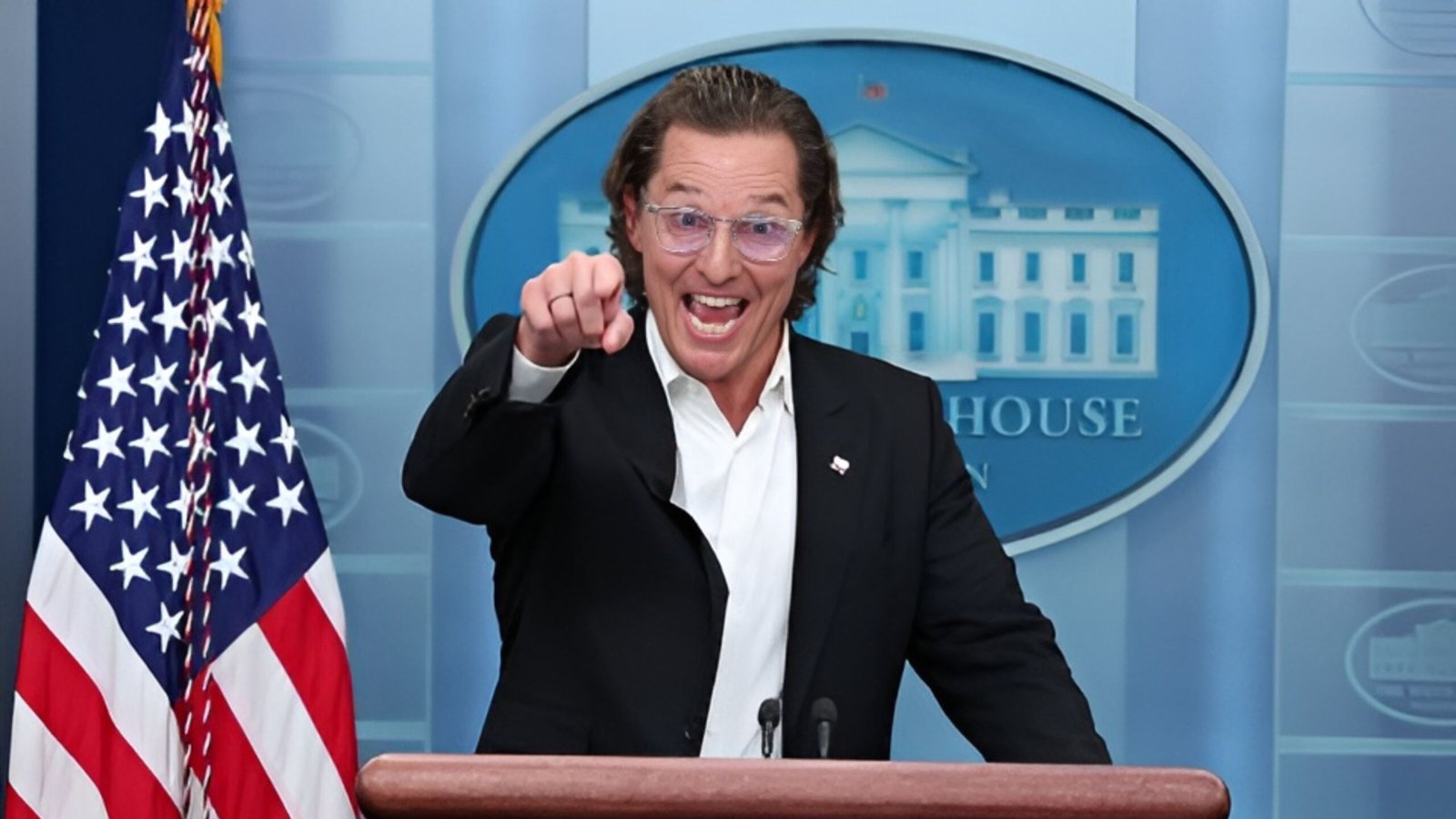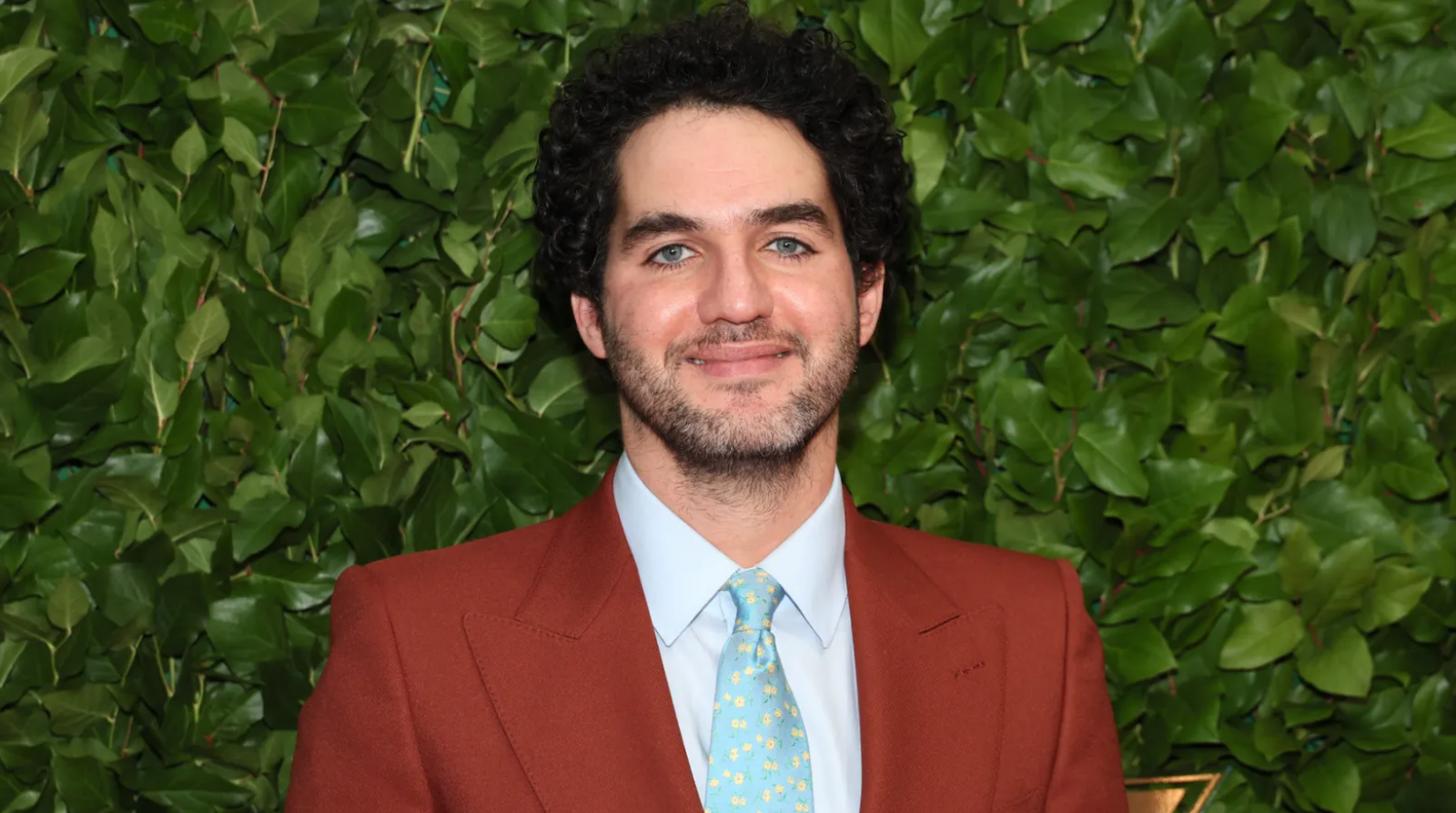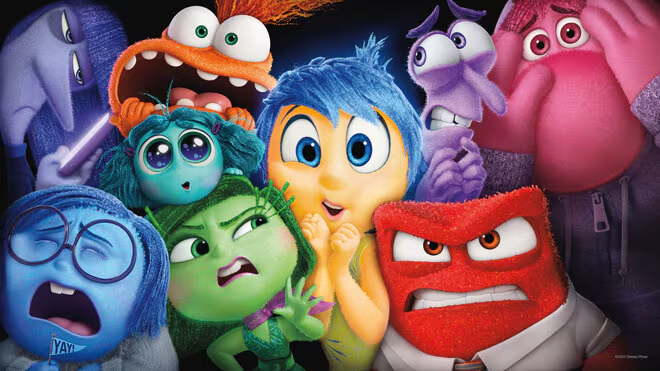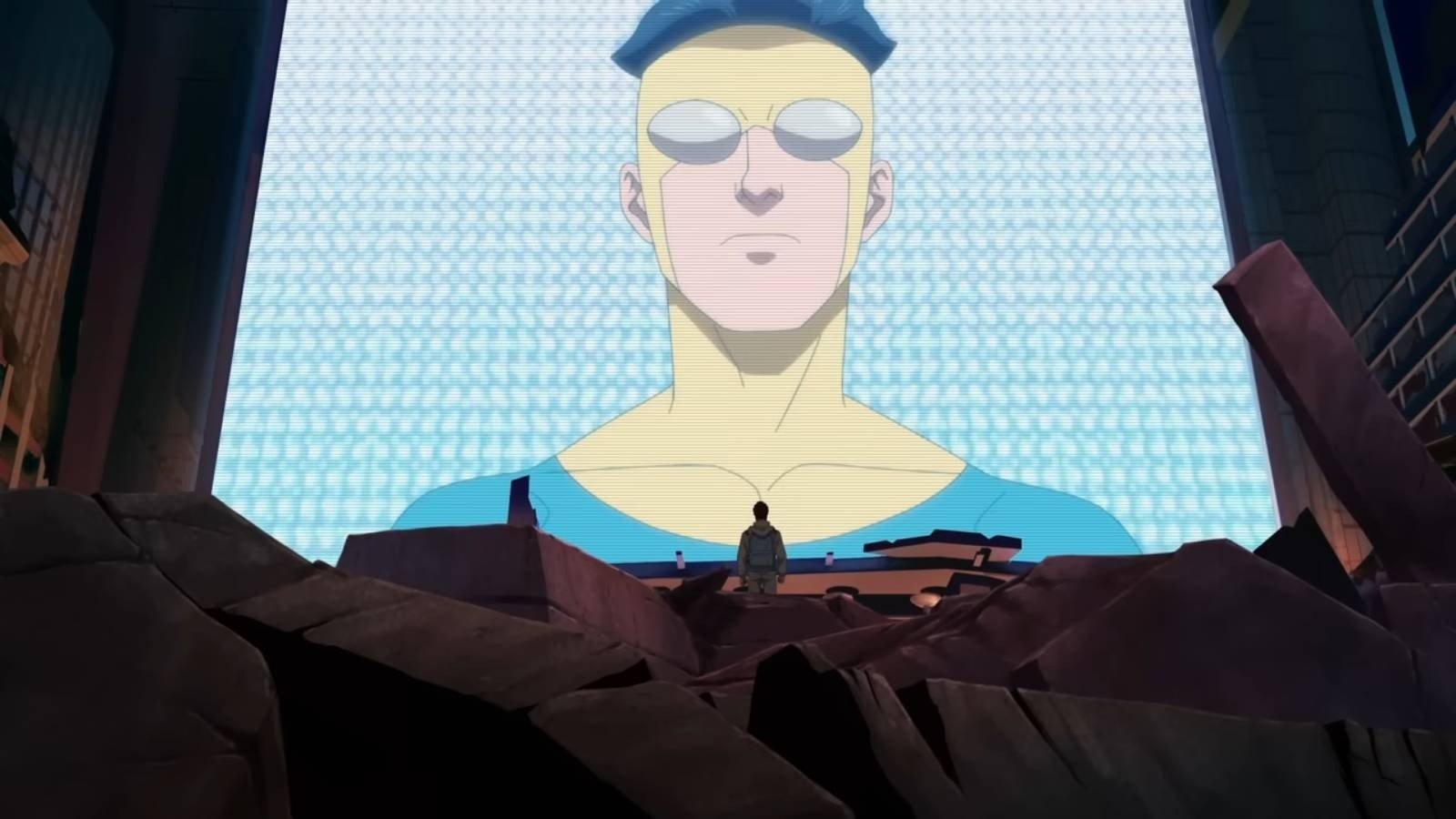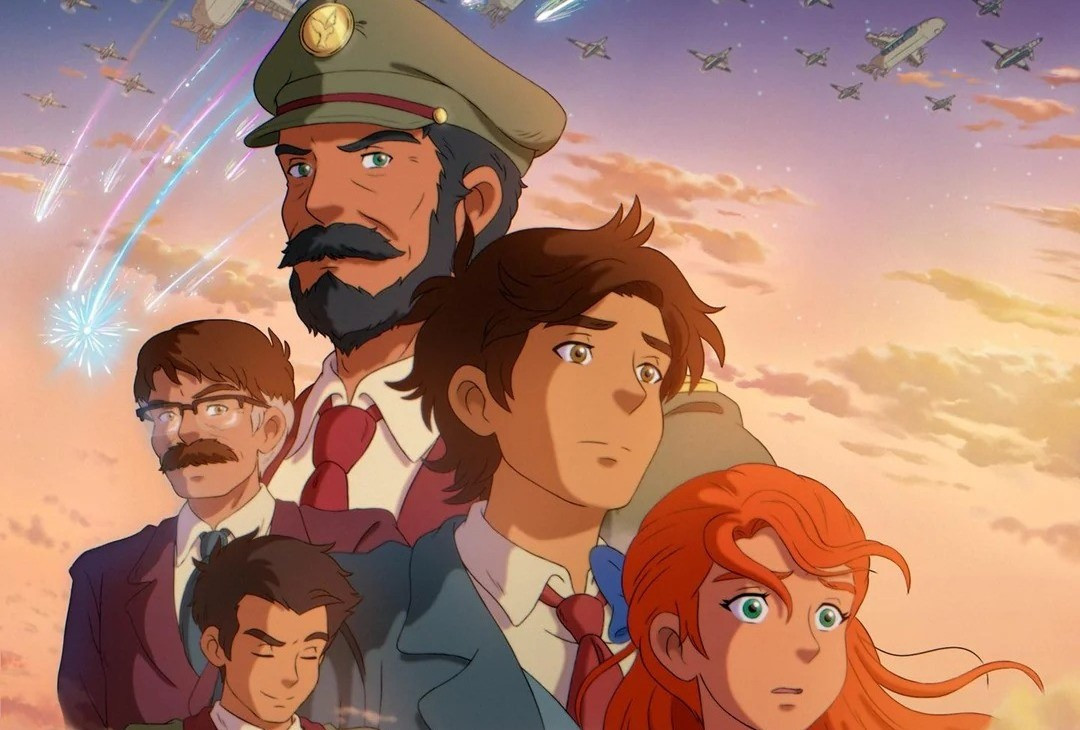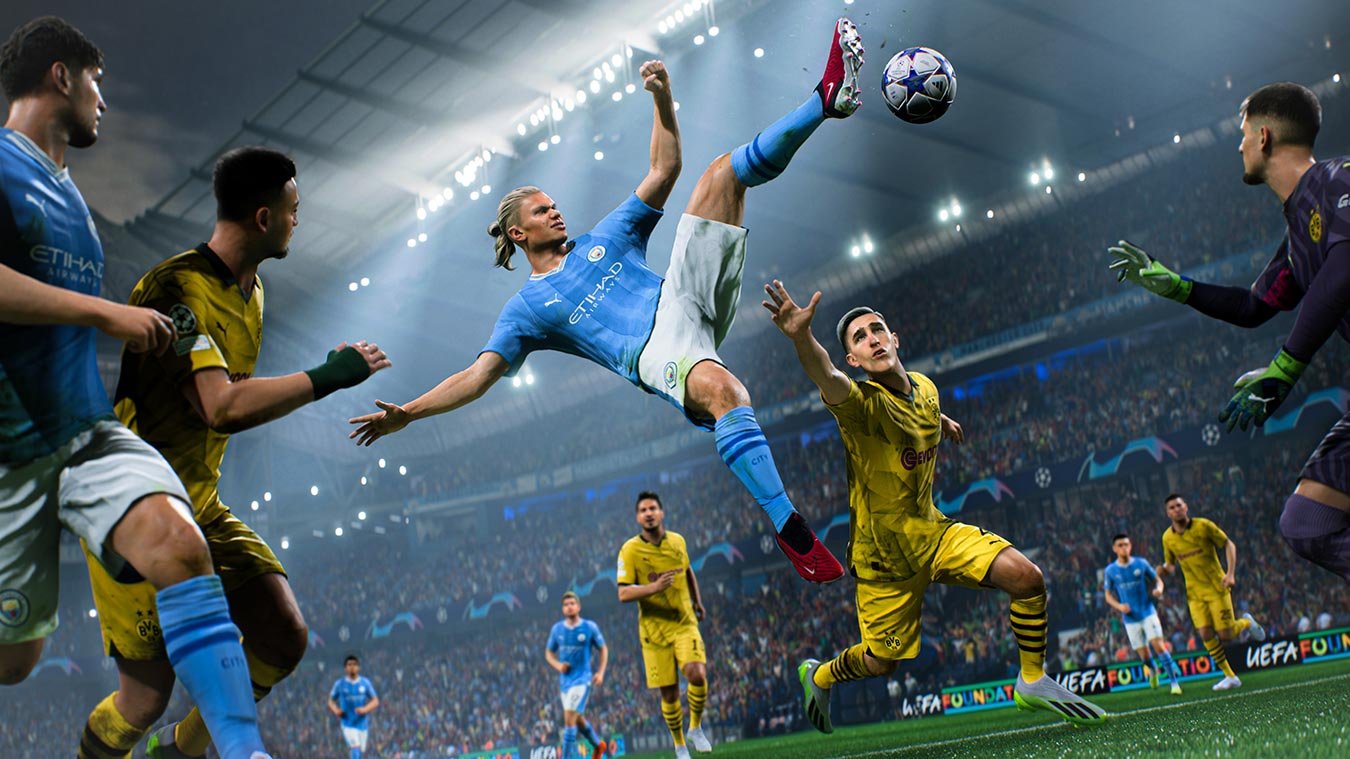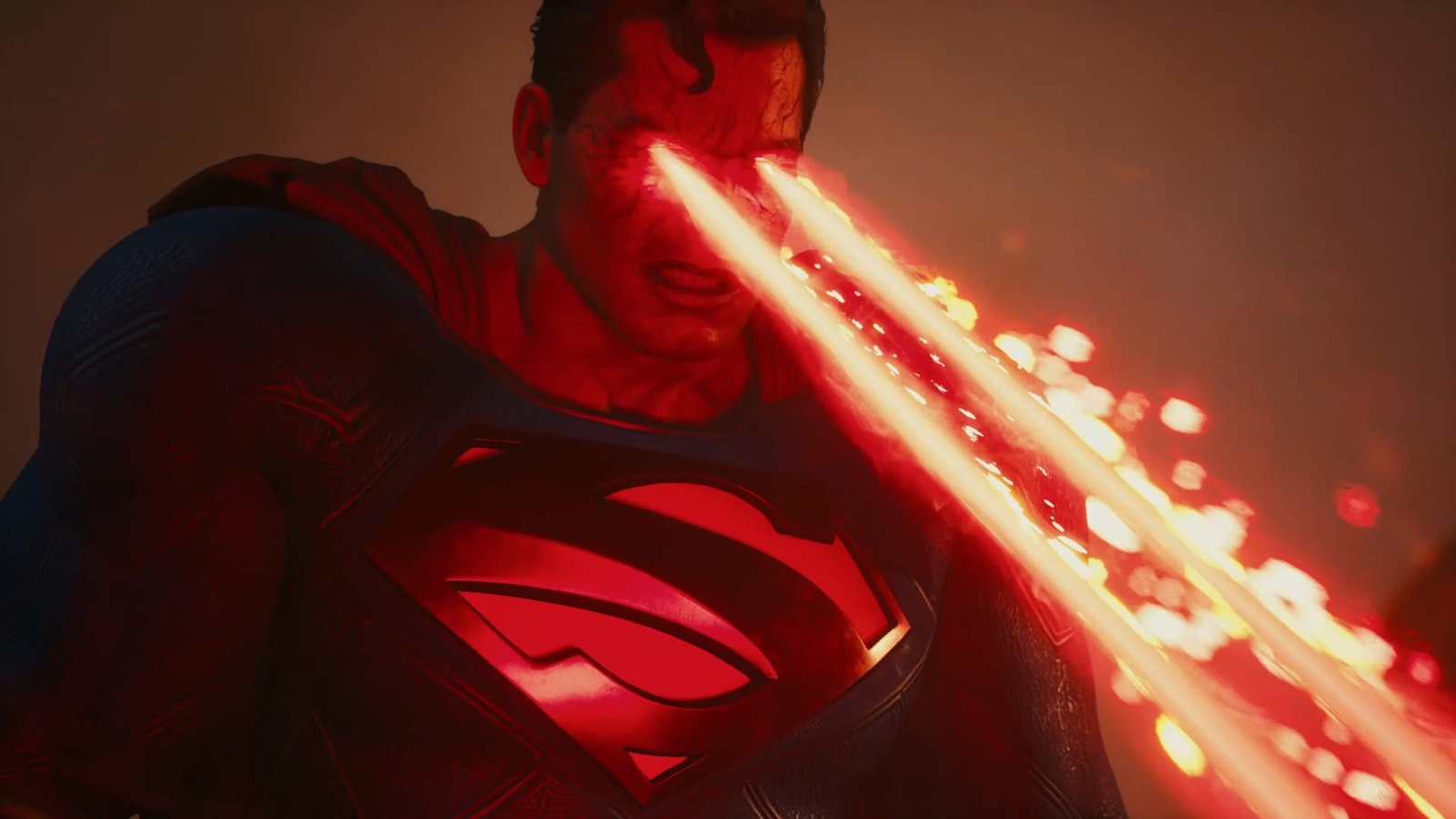Marriage Story(2019): A Life Cycle Of Love (Spoiler-less Review)
Marriage Story (2019) is a film that follows the slow breakup of Charlie and Nicole Barber. Starring Adam Driver and Scarlet Johansson.
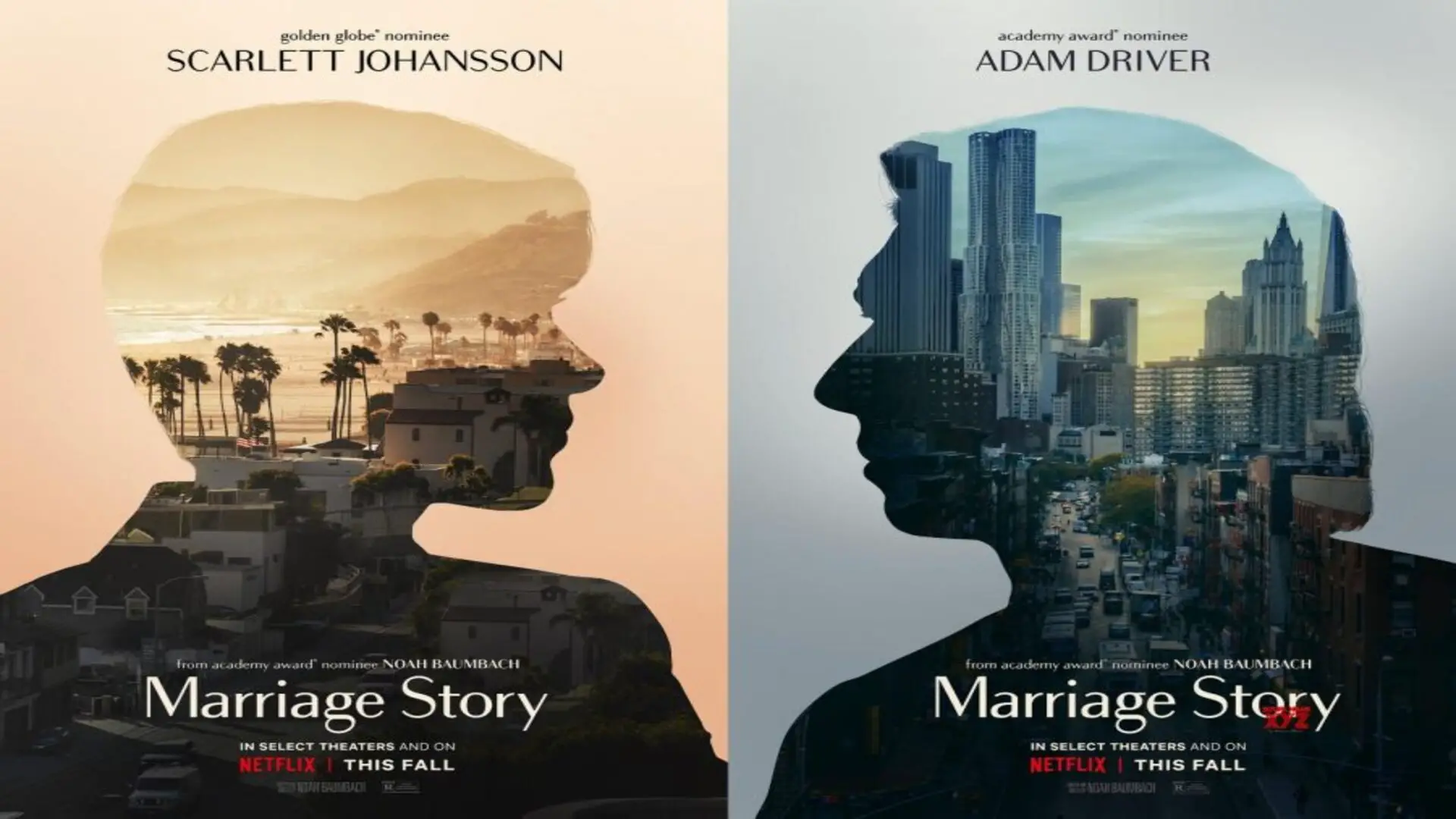
Is divorce ever really the end of a marriage? Legally, you no longer need to retain any more affiliations with your ex, and many choose not to. But in reality, love and attachment, in their ever-intangible and fluid state, don’t just go away like an on-off switch. Sometimes, you leave parts of yourselves with someone, a part of you that will always remain with them, connecting you with a thin, ever-so-loose thread, a detail explored thorougly in Marriage Story.
Likewise, divorce is rarely ever a smooth process. It is infamously fraught with turmoil and legal battles, but more often than not, it is used in media as a representation of people at their worst, though this often tends to be a bit exaggerated. Therefore, this film is an explorative piece on a topic that, usually in cinema, can be misrepresented.
The film follows the story of Charlie and Nicole Barber where Nicole wishes to seperate with Charlie. The story follows them oscillating through their process of divorce coast-to-coast between New York City and Los Angeles , all the while each trying to maintain their connection with their 8-year old son Henry.
*Note: This will largely remain a spoiler-less review; however, should you wish to watch this film based on this review, an extra excerpt is added regarding the film’s ending to read after your first watch.
Screenplay Writing And Direction:
The screenplay and direction for Marriage Story were both written and conducted by Noah Baumbach.
The premise for the film came to him around 2016, and he began to research the topic among his friends, mediators, and judges. Being the product of a divorced marriage as well, Baumbach most likely poured much of his own experience into this film, and he’s indeed produced another film, ‘The Squid And The Whale, ‘ based on that very experience.

Baumbach dissects the idea of the kind of behavior a divorce can spark among two people, even if they both possess a well-meaning attitude and try to convince themselves of that fact. Divorce is never an easy process on the psyche of the individual experiencing it, and Baumbach manages to display the tension and varying anger and sorrow in and between characters in every scene.
However, differing from the average representation of divorces in entertainment media, Baumbach chooses to represent each side with the same grace and compassion you would usually only find yourself giving to one perspective. Divorce stories almost always have the classic setting of the good and evil spouse, which is why it is a trait of Marriage Story to be further appreciated that it deviates from that setting and presents more grey areas and more endearing qualities, but at the same time, showing just how low one can stoop, given the circumstances.
Casting And Actor Performance:
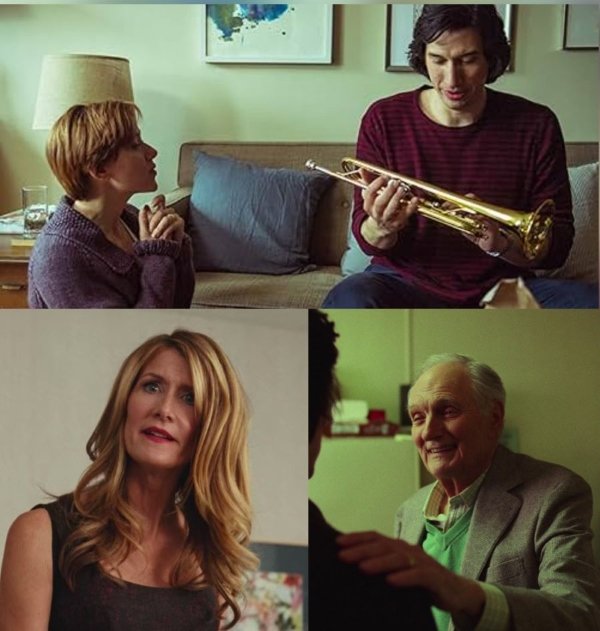
Starring Adam Driver as Charlie Barber, arguably the cream of the crop in this film. Marriage Story was the film for Driver that people may refer to as an example of the most stellar performance of his career so far. Driver manages to emote in scenes with such control over himself; it would be foolish to exclude his role when discussing all the factors that contributed to this film being Oscar-nominated.
To summarize without delving into details, the praise for his performance in this film is derived from the moments that he manages to inhabit and personify, capturing your attention in such an exemplary that leaves your eyes unblinking, your hand still in the popcorn bowl, your breath so silent so as not to break the scene of his performance.
Scarlett Johansson as Nicole Barber: her performance, though not held with the same amount of adoration as Driver’s, is criminally underrated. As an actress, Johansson had and most certainly did perform up to her fullest potential, having to play the role of the spouse who instigated the divorce. Johansson was tasked with pushing against the natural incline of the audience and delivered with flying colors, presenting a performance that not only fleshes out her character and their motivation but continues to add to Nicole Barber as a person in every scene she’s included in, especially up to the ending.
The role of Nicole Barber is also notable for Johansson in her career as she is typically played by women who were, more often than not, primarily objects of desire within a film’s setting.
An actress who was at the receiving end of many prestigious awards for her performance in this film, Laura Dern plays the role of a seemingly friendly yet ruthlessly effective lawyer, Nora Fanshaw. What is most remarkable about the nature of her performance in this film is the charisma she managed to pour into her character with the limited amount of screen time she was given. And despite this limitation, she still managed to deliver to us the final ivory touches on this acting treasure trove of a film, a feat impressive enough to have won her her second Oscar for Best Supporting Actress in her career after her role in “Rambling Rose.”
Opposite to Dern’s decisive role in the film, an actor with the most extended history in film and television among the cast of Marriage Story, is Alan Alda, playing the role of a compassionate lawyer, Bert Spitz. Though not known for playing comedic roles, Alda serves as a source of warm relief in this film compared to the heavy tones presented by the rest of the cast.
Alda brings a certain old charm to the scene he performs in, contrasting to the performances of his fellow actors; he delivers his dialogue in a to-the-point manner, suiting his character in a way that catches you off-guard, the way he presents himself as a bumbling yet simultaneously empathetic character makes his role endearing in the film, further adding to it’s quality.
Score And Cinematography:
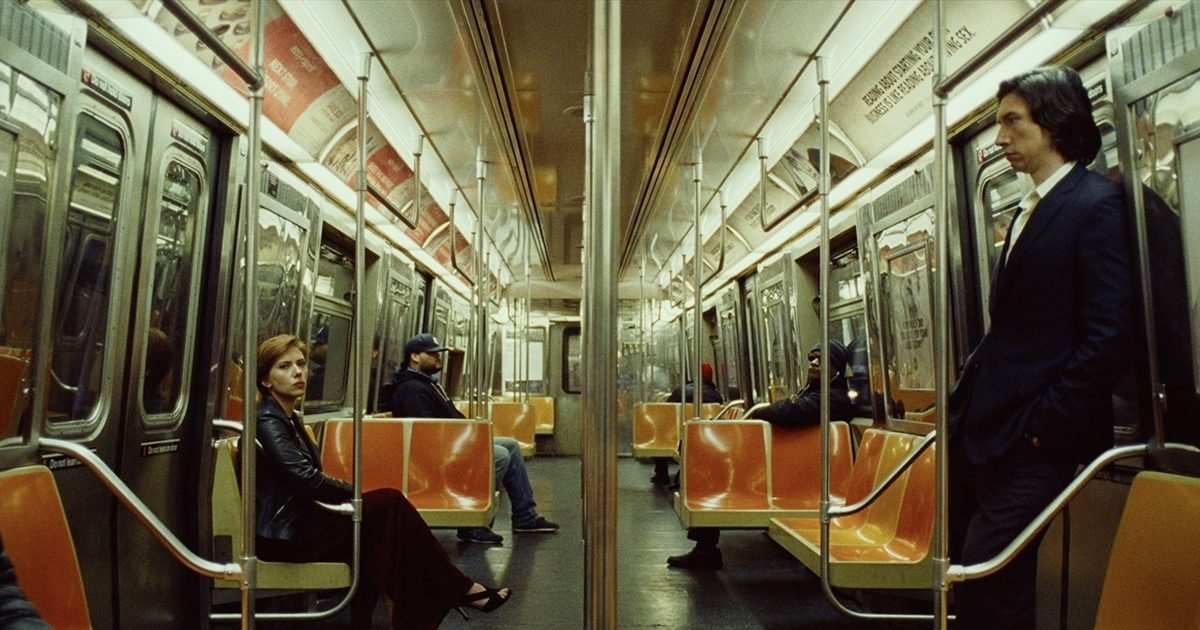
Due to the courtroom nature of this film, its visuals would not be the most attractive centerpiece a viewer would expect it to be, but there is a reason this film has been nominated for so many awards.
The film works by using the linear passage of scenes by either having them complement or go against one another in terms of visual effect, from colorful, open spaces that allow for the camera to remain motivated and active, to dreary, stuffy enclosures in which we as the audience must stay ever so still with the camera.
This alternating nature of the visuals directly parallels the plot itself, with the film taking place in the two main settings of New York City and Los Angeles.
The score for this film, so appreciative of the story and those inhabiting it, was rightfully nominated for a Golden Globe Award, and this can be credited to film composer Randy Newman.
Newman has worked on several notable films in the past, most recognizably being Monsters—Inc., Toy Story, etc. To those familiar with these beloved childhood classics, we are aware of the slow and nostalgic audible passages that follow these films, more often than not establishing themselves in our mind whenever our thoughts return to them.
Newman’s composing style not only presents a nostalgic atmosphere to every scene but also instills a certain longing. Though famous for its use in children’s films, it perfectly accentuates the score of Marriage Story, for that very sense of yearning delivered in the music reflects within the characters themselves. Very few film themes can accomplish the same as Newman has with Marriage Story, intimately tying the score to the scene and action themselves, rather than it existing as a separate non-corporeal feature as it does in most films.
Taking in all these presented factors, the golden gleam of this film make’s it irresistable to audiences that are recently acquainting with themselves to the world of cinema, and indeed, it proves to live upto every standard of it’s allure.
*Spoiler Warning: Ending Explanation:
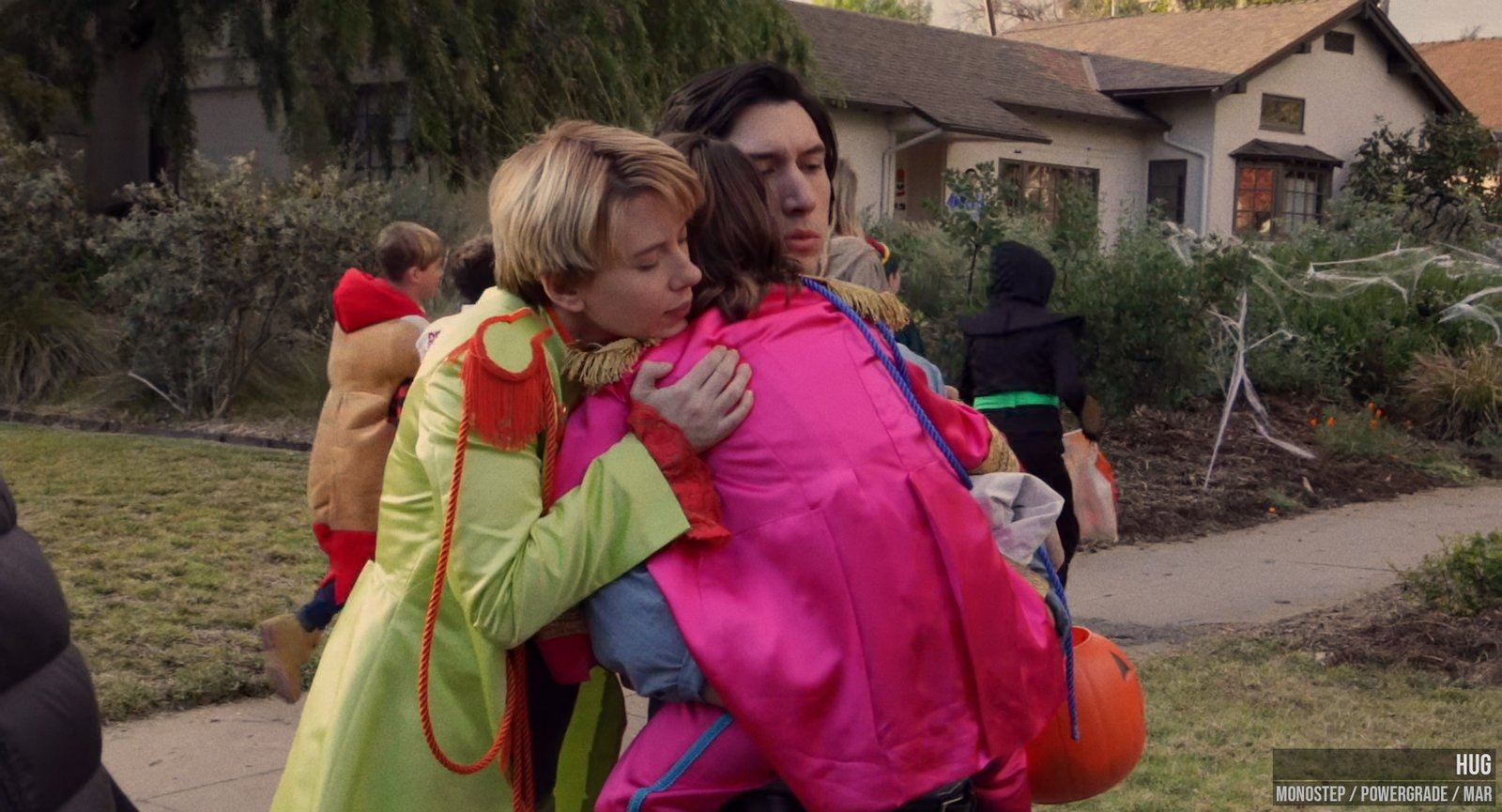
Marriage Story ends with both Nicole And Charlie’s relationship, seemingly now stronger after the end of the whole process. Despite Nicole technically “winning” as Nora put it, it wasn’t something that she reveled in or rejoiced at. It is clear to us that despite all the battles, the exhorbitant fees, the hours spent in stress, worry, and the climactic confrontation they both shared, they did not develop any enmity, and some might even argue, the opposite.
Nicole lets Charlie take Henry for the night despite it still being her share of the custody, it shows that she developed in him a certain trust and understanding that seemingly wasn’t present at the beginning of the film, while they were still married. As Charlie begins to leave, Nicole stops him suddenly to tie his shoelaces.
If we recall back to everything we have seen in this film, Nicole, despite her desire to seperate herself from Charlie and her obvious resentment towards him that we saw, she has an affectionate and caring nature, but beyond her traits itself, the message of this story culminates itself in this final scene, as it shows that even after a seperation, the relationship she and Charlie once shared, didn’t end after the finalization of their divorce.
Recalling to the first paragraph of this article, love and attachment is intangible, incomprehensbile, and it is never bound within in the rules we expect or restrict it to behave in. Even after the divorce, Nicole is subconsciously watches over Charlie as a person does with anyone they are attached to, noticing something as seemingly unimportant as untied shoelaces.
It is a small act, and that is what really hardens the clay that is the film’s main message, in the most elegant and finalizing fashion: that our feelings for someone we placed a part of ourselves into, never truly dies or fades away.



